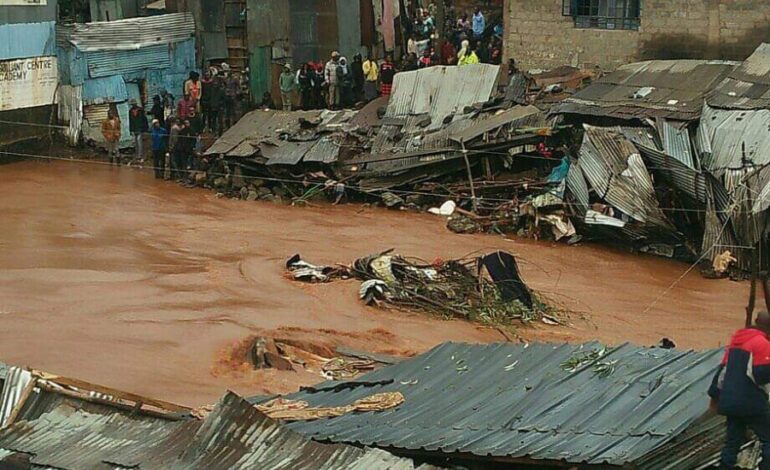What to Do When It Floods

- PublishedApril 26, 2024
Floods can strike with little warning, causing widespread damage and posing serious risks to life and property. Knowing what to do during a flood can mean the difference between safety and danger. In this article, we’ll outline essential steps to help you stay safe and prepared when faced with a flood emergency.
- Stay Informed:
- Monitor weather forecasts, flood warnings, and updates from reliable sources such as the National Weather Service or local authorities.
- Sign up for emergency alerts and notifications to stay informed about evolving flood conditions in your area.
- Evacuate to Higher Ground:
- If authorities issue evacuation orders, prioritize your safety and evacuate immediately.
- Move to higher ground away from flood-prone areas, such as hills, rooftops, or designated evacuation shelters.
- Avoid Flooded Areas:
- Never attempt to walk or drive through flooded roads or areas, as water levels can rise rapidly and pose life-threatening risks.
- Turn around, don’t drown! Just six inches of swiftly moving water can knock you off your feet, and two feet of water can float a car.
- Safeguard Your Home:
- Shut off utilities such as electricity, gas, and water to prevent electrical hazards and further damage.
- Move valuable belongings to higher floors or an elevated area to minimize flood damage.
- Use sandbags or flood barriers to block entry points and prevent water from entering your home.
- Practice Water Safety:
- Avoid contact with floodwater, as it may be contaminated with sewage, chemicals, or debris.
- If you must wade through water, wear protective gear such as rubber boots and gloves to minimize exposure.
- Be cautious of hidden hazards beneath the water’s surface, such as submerged debris, downed power lines, or open manholes.
- Stay Connected:
- Keep your mobile phone charged and maintain communication with family members, friends, and emergency contacts.
- Use social media platforms to stay connected with updates from authorities and share your status with loved ones.
- Assist Others:
- Check on elderly neighbors, individuals with disabilities, and those who may need assistance during a flood emergency.
- Offer support and guidance to ensure their safety and well-being.
When faced with a flood, swift action and preparedness are crucial for safeguarding yourself and your loved ones. By staying informed, evacuating to higher ground, avoiding flooded areas, safeguarding your home, practicing water safety, staying connected, and assisting others, you can navigate flood emergencies with confidence and resilience. Remember, safety always comes first.




